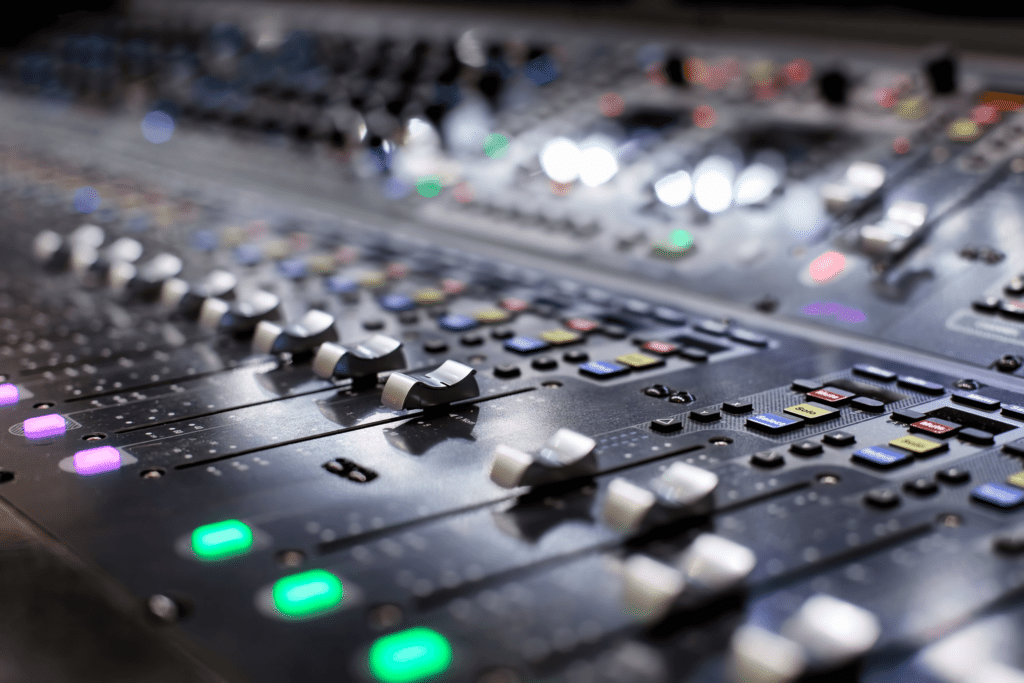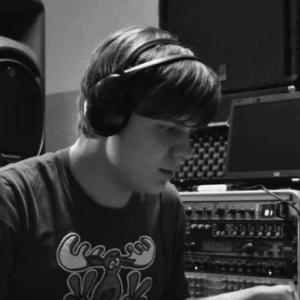
Hello, friends! I’m Maxim Getman, founder of Monosounds.studio and a…

The act of mixing is a part of the music-making process. A track’s ultimate output is properly polished and well-balanced when several elements are combined. Despite the fact that mixing is a creative art form that calls for creativity and expertise, it is also a technical talent that can be picked up and developed through time. Finding the ideal balance between the diverse elements of a mix may be a difficult effort for even seasoned music producers, and achieving the right sound is no simple feat for beginners.
Today, we’ll aim to get right to the point by providing helpful advice and detailed instructions for producing tracks and recordings that are on par with industry standards. Whether you are a seasoned producer or a novice who is still learning the fundamentals of creativity, the suggestions and techniques we will cover in this post are meant for everyone who is interested in making tracks and music. You may be confident that with our assistance, you’ll soon be able to expand your creativity and produce greater music.
Mixing is both an art and a technical skill. You must comprehend the fundamentals prior to starting the process. Getting a polished mix that sounds harmonic and balanced is the aim of mixing. You must modify the levels, panning, EQ, and other effects on each individual track to obtain a harmonious and expert final mix. You must have a thorough comprehension of each track you’re working with before you begin mixing.
You must be aware of each track’s function and meaning in the mix. For instance, knowing whether a voice recording is the primary vocal or the background vocal is crucial when dealing with it. If you want to mix music that sounds well-balanced and cohesive, it’s critical to comprehend the purpose of each track. After you are familiar with the different tracks, you may begin tweaking levels, panning, EQ, and other effects to produce a well-balanced mix.
We’ll go through the fundamentals of mixing and describe each step in detail below. If you have mastered this knowledge, you will be able to produce your own cohesive mixes that will sound excellent in any circumstance.

Preparing your tracks for mixing is the key to producing a high caliber, industry-standard mix.
The methods listed below can help you correctly prepare your recordings for mixing:
The step-by-step procedure for combining

Every producer or audio engineer should be aware of typical mixing errors if they wish to generate a melodious and expert sound. They have the potential to quickly ruin the mix and create a muddy, imbalanced, or lifeless sound. If you are aware of these issues, you can prevent them and produce a mix that sounds sharp, lively, and engaging. Each of the six typical mixing errors is explained in greater depth below:

The mastering phase of the music production process should not be skipped. In order to get a seamless and professional sound, the final mix must be adjusted. Let’s concentrate on the primary phases and features of mastering:
Make sure the mix is balanced and complete first. Verify that all of the songs are properly balanced and that there are no glaring sound flaws or issues. If any adjustments are required, make them before moving on to the next stage.
Applying EQ and compression to the entire mix comes next. This helps to smooth out any harsh edges and create a coherent, balanced sound. To enhance the intensity and clarity of each instrument, you may subtly change the tonal balance of the mix using equalization (EQ). Yet, it’s crucial to refrain from utilizing excessive compression.
Add the required effects, such delay or reverb, to the mix after applying EQ and compression. Effects provide the final product refinement, professionalism, and a feeling of depth and space. Make careful to use these effects sparingly and in a way that improves rather than degrades the overall sound.
Using a limiter as the last step ensures that the final mix is correctly aligned and free of distortion or clipping when played on various platforms. The mix becomes more vibrant and dynamic with the addition of punch and impact from the limiter. Throughout the mastering process, it’s crucial to listen attentively and make improvements. It’s great if you start taking regular breaks to rest and give the mix a second look. It is also advised that you ask other producers or audio engineers for their opinions. Your final project will sound better thanks to their input.
There are a few details to take into account after mixing and mastering to ensure your music sounds as excellent as it possibly can.
Think about the listening environment first. Your music should ideally sound nice on a number of devices, including high-end studio monitors, headphones, and small portable speakers. Spend some time listening to your mix at various settings and making any required tweaks.
Consider the format in which you export your finished mix second. The quality and loudness of your music are significantly impacted by different formats. For instance, MP3 files can cause the loss of high-frequency data and decreased sound quality. For maximum quality, we advise exporting the finished mix to a lossless format like WAV or AIFF.
Lastly, make sure your tracks are correctly labeled and include information like the artist’s name, the track title, the album name, and the album’s cover image. When sharing your music with others, this information is crucial since it also makes it simpler for people to search and purchase your music online.
Fourth, consider the significance of album sequencing. The sequence in which your tracks are presented on an album or EP may significantly affect how enjoyable the music is to listen to as a whole. Consider carefully about the album’s flow and how each song works with the others to form a coherent overall.
Don’t overlook the significance of distribution and promotion, though. Make sure others hear the mix once you’ve mastered it and made it sound excellent. If you want to interact with fans and share your music with the world, think about using websites like Bandcamp, Soundcloud, or YouTube.
In conclusion, the process of mixing and mastering is crucial to producing music that sounds amazing. To ensure that the greatest number of people can hear and enjoy your music, there are still a few more considerations. By using these suggestions, you may produce a high-caliber, in-demand final product that will appeal to listeners and sound fantastic on a number of platforms.

Hello, friends! I’m Maxim Getman, founder of Monosounds.studio and a…

This is the my personal Top-5 of Xfer Serum Presets…

Welcome to the ultimate guide on how to use Xfer…

Hip hop music has been one of the most popular…
